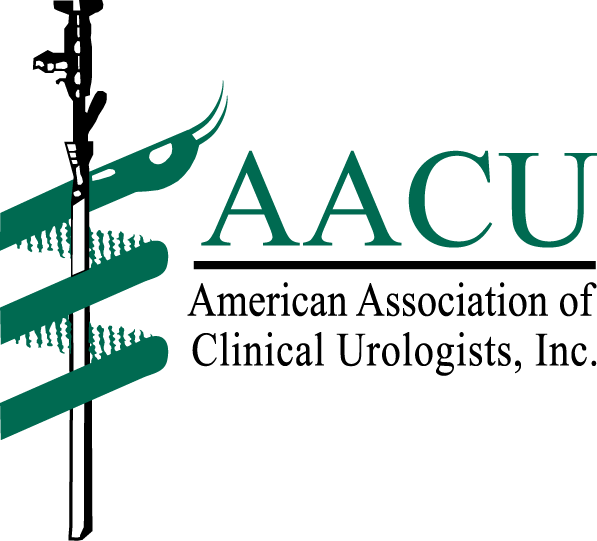Article
States take novel steps to address work force shortage
As policymakers learn about the burgeoning bottleneck between medical school graduation and graduate medical education, a number of novel approaches to physician training have launched from Sacramento to Jefferson City to Tallahassee. Not surprisingly, many of these solutions pit providers against one another amid concerns about patient safety and the dilution of professional standards.
Based on a partnership with Urology Times, articles from the American Association of Clinical Urologists (AACU) provide updates on legislative processes and issues affecting urologists. We welcome your comments and suggestions. Contact the AACU government affairs office at 847-517-1050 or info@aacuweb.org for more information.

As policymakers learn about the burgeoning bottleneck between medical school graduation and graduate medical education (GME), a number of novel approaches to physician training have launched from Sacramento to Jefferson City to Tallahassee. Not surprisingly, many of these solutions pit providers against one another amid concerns about patient safety and the dilution of professional standards.
The most common of these new approaches is direct funding of residency positions (see related infographic). Oklahoma's most recent state budget appropriated $13 million to support GME programs affiliated with the Oklahoma State University Medical Center and/or OSU Center for Health Sciences, while legislators in Idaho increased the number of state-supported students in a regional medical education network (WWAMI) and allocated $200,000 for a new family practice residency program. Florida Gov. Rick Scott (R), stung by the legislature's rejection of his plan to expand Medicaid and facing a tough re-election contest, toured the state promoting an $80 million Statewide Residency Program. An official statement from Scott’s office asserted, "For the first time, hospitals are receiving a supplemental payment specifically for graduate medical education."
A more controversial plan to tackle the med school-residency bottleneck was signed July 10 by Missouri Gov. Jay Nixon (D). The first-of-its-kind law allows medical school graduates who have passed licensing exams-but not completed residencies-to practice primary care and prescribe drugs in rural and underserved areas of the state. They would be overseen by licensed physicians, who would have to be physically present with them for a portion of their tenure. The proposal was endorsed by the Missouri State Medical Association, but the American Medical Association and organizations of physician assistants strongly opposed the creation of a new category of medical licensee: assistant physicians. The American Academy of Physician Assistants, for one, expressed concern that patients may be confused when "assistant physicians" call themselves doctors.
Next: CA law allows students to become docs in 3 years instead of 4
More Legislative Updates from the AACU
Supreme Court case may impact state scope of practice laws
ACA’s ‘grace period’ shows physician-led reform must be grassroots
States push independence for NPPs: A solution to work force crisis?
With a stated goal of "churning out" doctors more quickly and with less debt, California Assembly Bill 1838 was signed by Gov. Jerry Brown (D) July 18. The new law allows students to complete their education and become doctors in 3 years instead of 4. The University of California and the Medical Board of California supported this alternate track for "students who demonstrate a high level of scientific and medical understanding." Assemblywoman Susan Bonilla sponsored the bill “to churn quality doctors out faster with less student debt,” the Sacramento Business Journal reported.
In state capitols across the country this year, legislators considered myriad proposals to ensure access to medical care for the aging baby boomer population and 30 million Americans expected to enter the health system as a result of the Affordable Care Act. (See related articles on telehealth/technology, NPP scope of practice expansion, and GME funding.) Physicians must understand their responsibility to protect patient safety as telehealth and non-physician providers play a greater role. They must also guard against the dilution of professional standards when, absent sufficient residency training slots, medical students are "fast tracked" into practice.
Campaigns to enhance the physician work force and promote non-traditional sources of funding for graduate medical education are frequently advanced by professional organizations, including the AACU. Indeed, the 2014 AACU State Society Network Advocacy Conference, taking place Sept. 19-20 in metropolitan Chicago, will address this issue during a Work Force Shortage Solutions Forum. Learn more about this event and the organization's campaigns at www.aacuweb.org.
Subscribe to Urology Times to get monthly news from the leading news source for urologists.
















